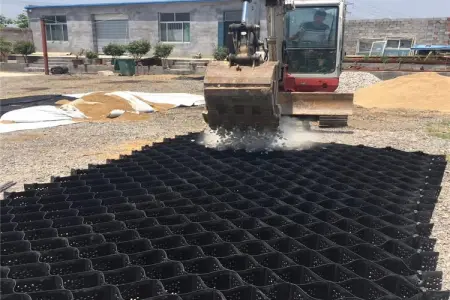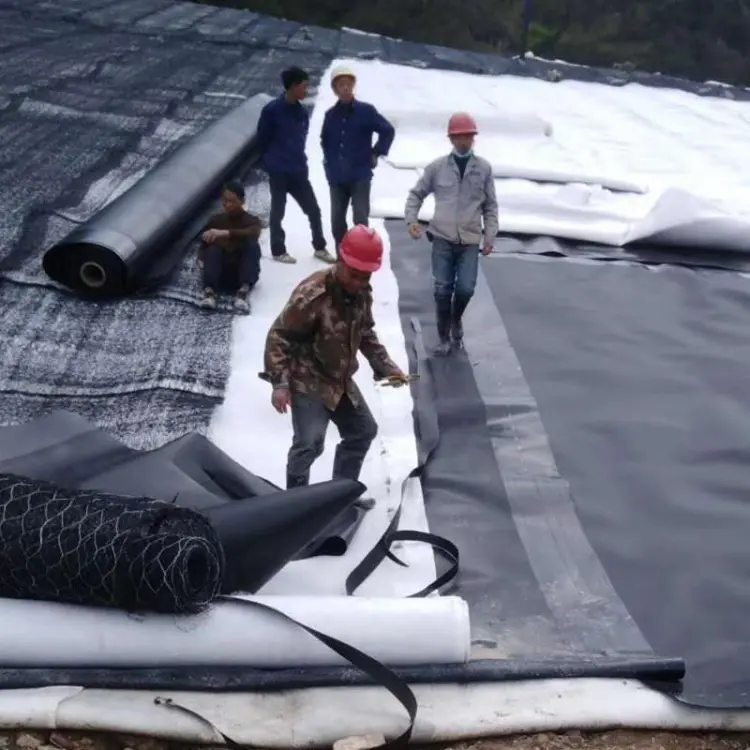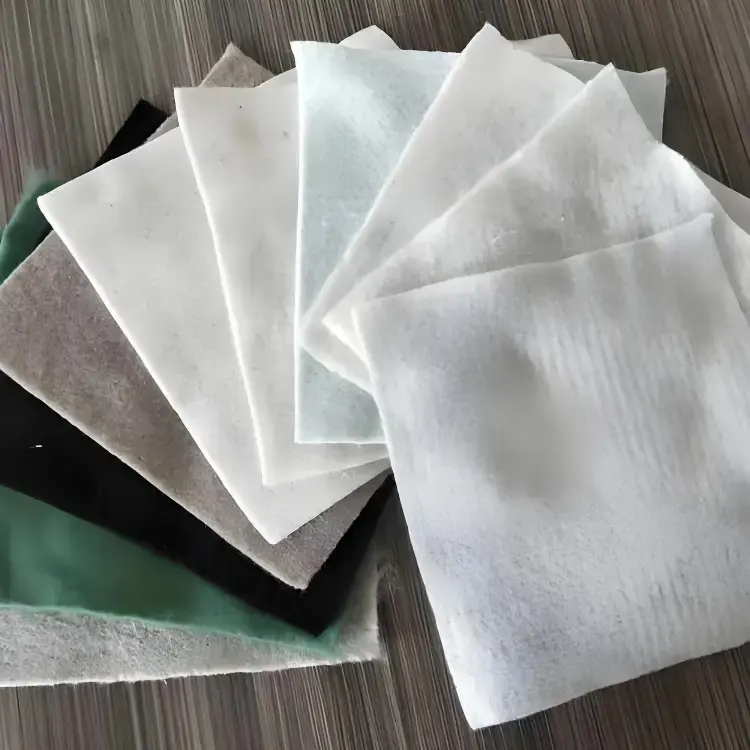I. Structural Mechanics and Operating Principles
Geocell cellular confinement system utilize polymer-based hexagonal honeycomb matrices fused via ultrasonic welding. This 3D cellular architecture delivers:
- Lateral Constraint: Restricts soil/aggregate displacement through radial confinement
- Stress Distribution: Dissipates vertical loads across wider areas via tensile membrane effect
- Shear Strength Enhancement: Increases soil friction angles by 30-45% compared to unconfined fills
II. 72-Hour Rapid Deployment Protocol
- Site Preparation
- Clear debris and grade substrate to specified elevation
- Geotextile Installation
- Lay separation/filtration fabric over prepared subgrade
- Geocell Deployment
- Expand and anchor honeycomb panels using J-hook stakes
- Infilling & Compaction
- Fill cells with approved aggregates (e.g., crushed stone, soil-cement)
- Compact in 15-20cm lifts to ≥95% Proctor density
- Surface Finishing
- Apply final compaction and revegetation where specified
III. Documented Performance Metrics
| Application | Results |
|---|---|
| Highway Slope Protection | 80%+ vegetation coverage within 12 months |
| Soft Soil Stabilization | Bearing capacity increase: 80kPa → 150kPa+ |
| Erosion Control | Sediment reduction: ≥90% post-installation |

IV. Technical Advantages
- Adaptability: Effective in flowing sands (φ<28°) and soft clays (Cu<25kPa)
- Ecological Integration: Enables immediate vegetation establishment
- Cost Efficiency: 40% faster installation than conventional methods
- Sustainability: 65% reduction in imported fill materials
V. Engineering Impact Assessment
Geocell technology transforms marginal soils into structural platforms through:
- 3D Confinement Mechanics
- Particle interlock optimization
- Load-deformation modulus improvement
- Expedited Construction
- Full serviceability within 72 hours
- Lifecycle Economics
- 30-45% maintenance cost reduction over 20-year service

